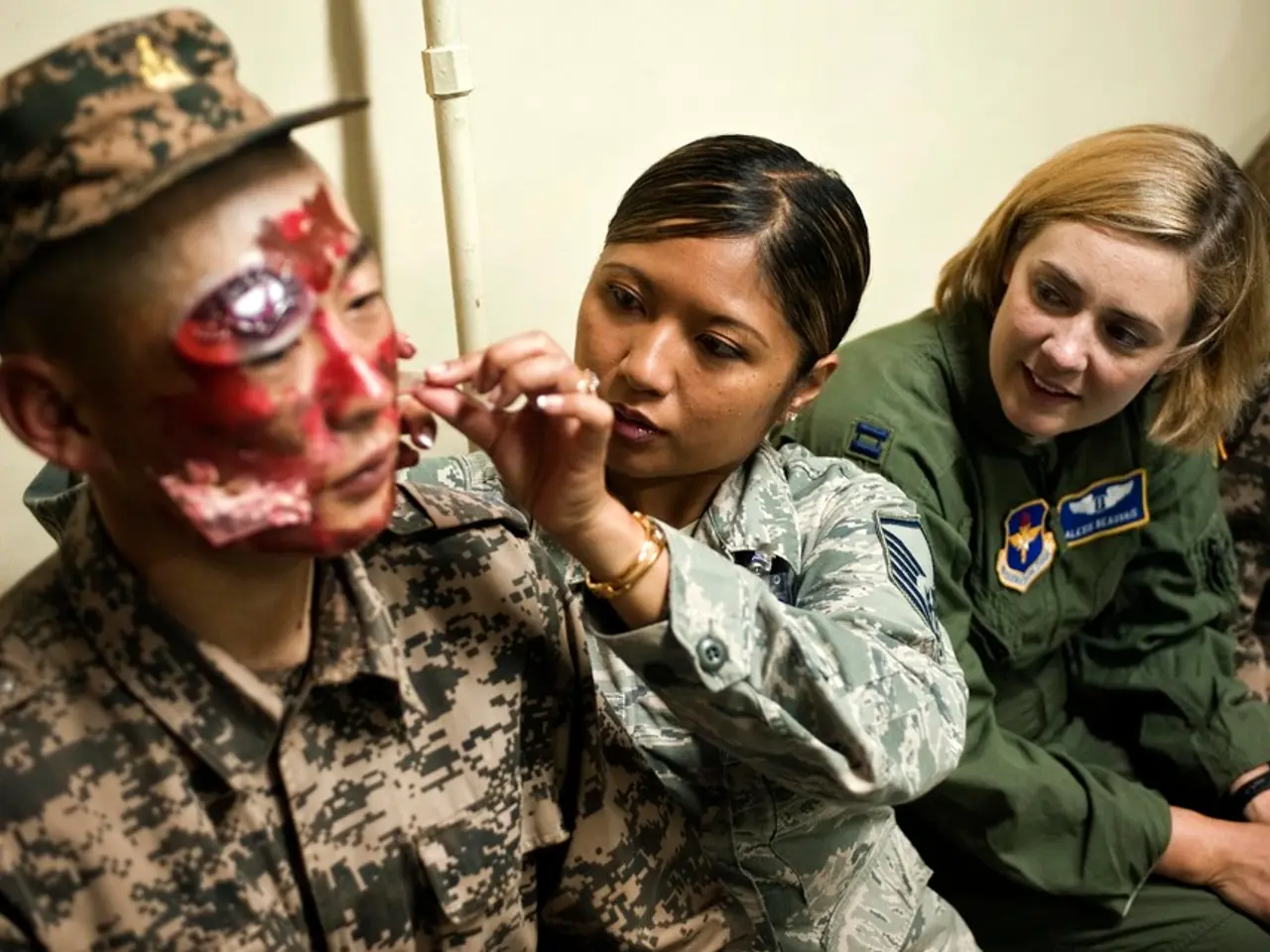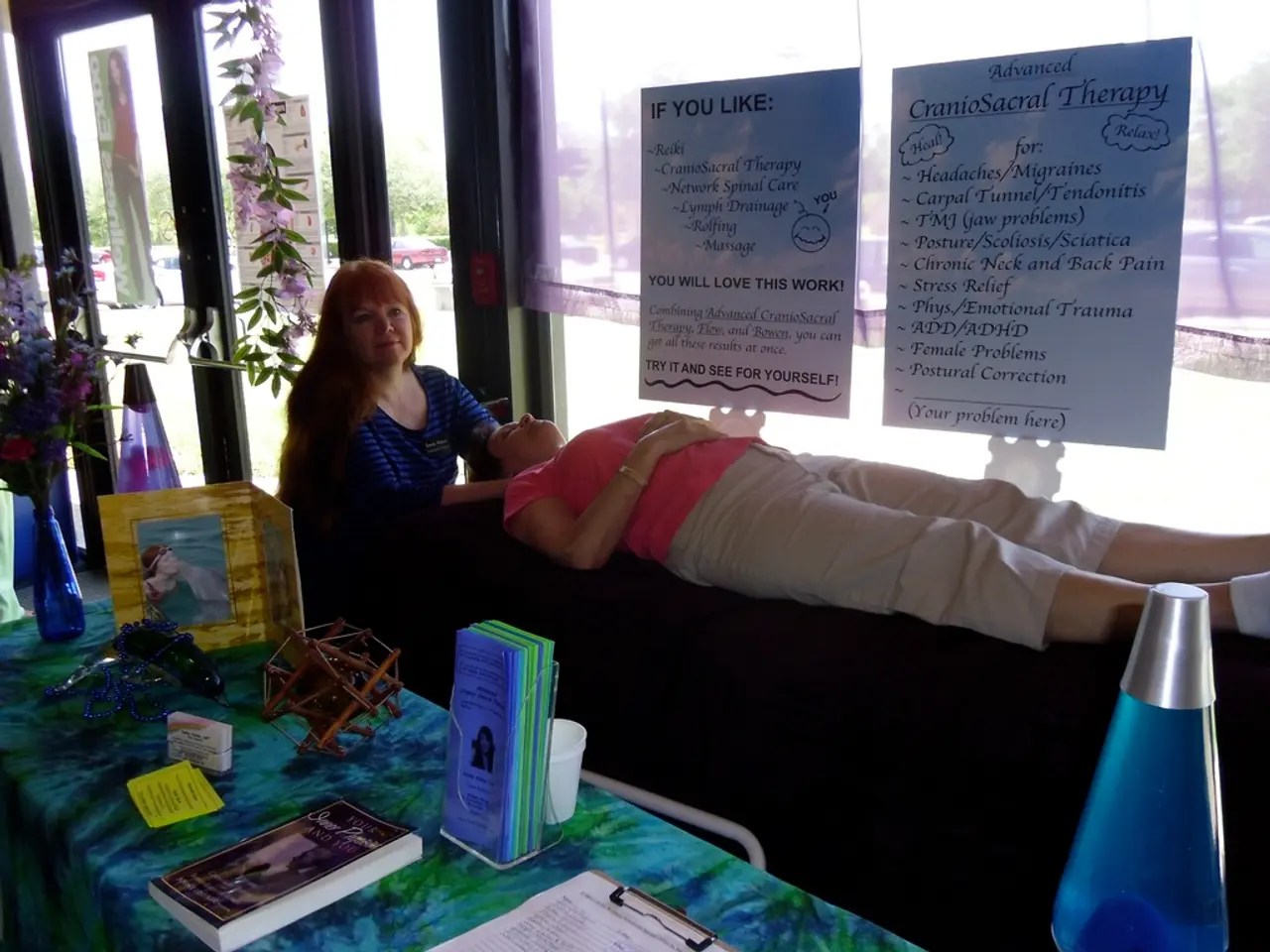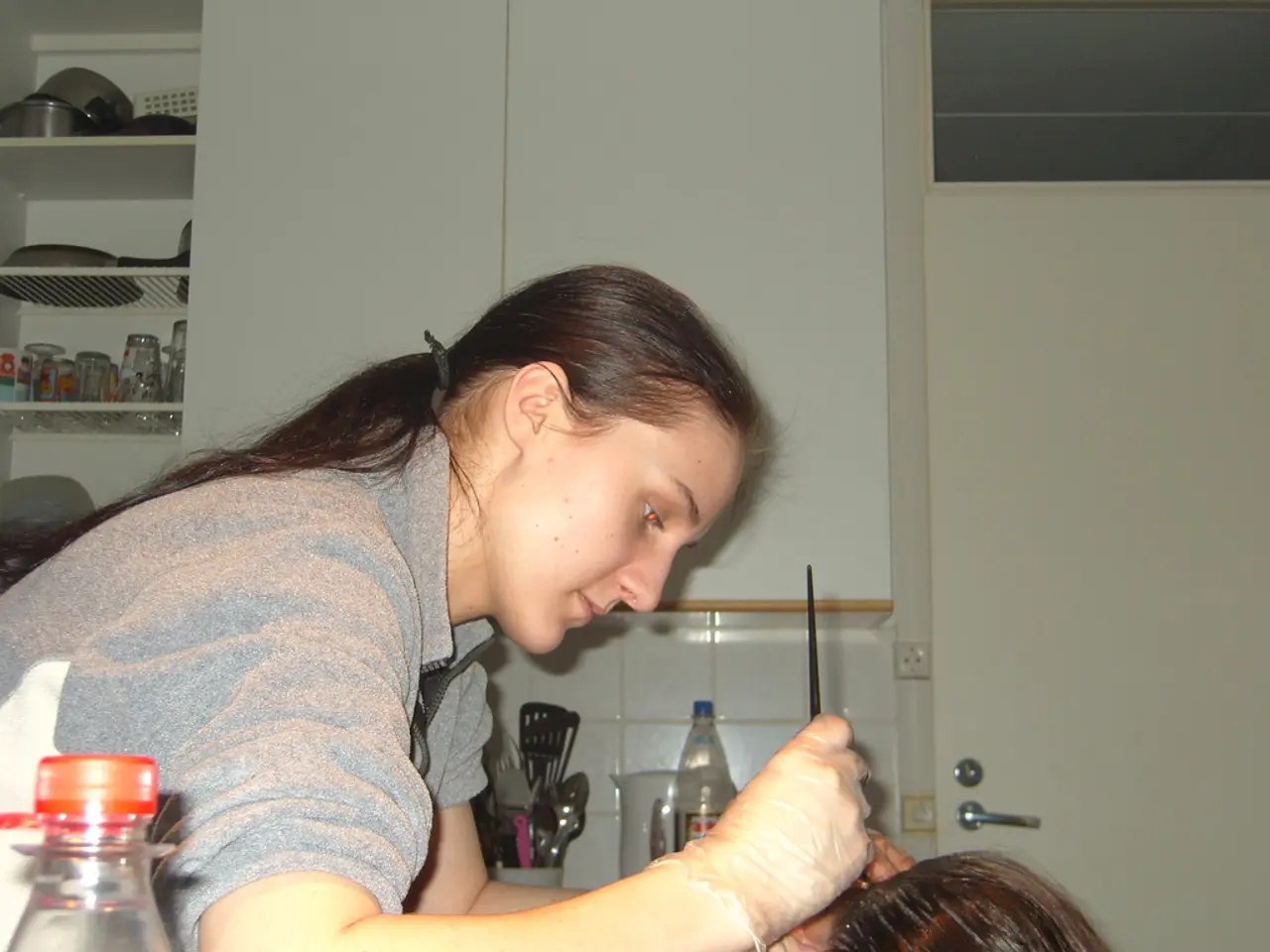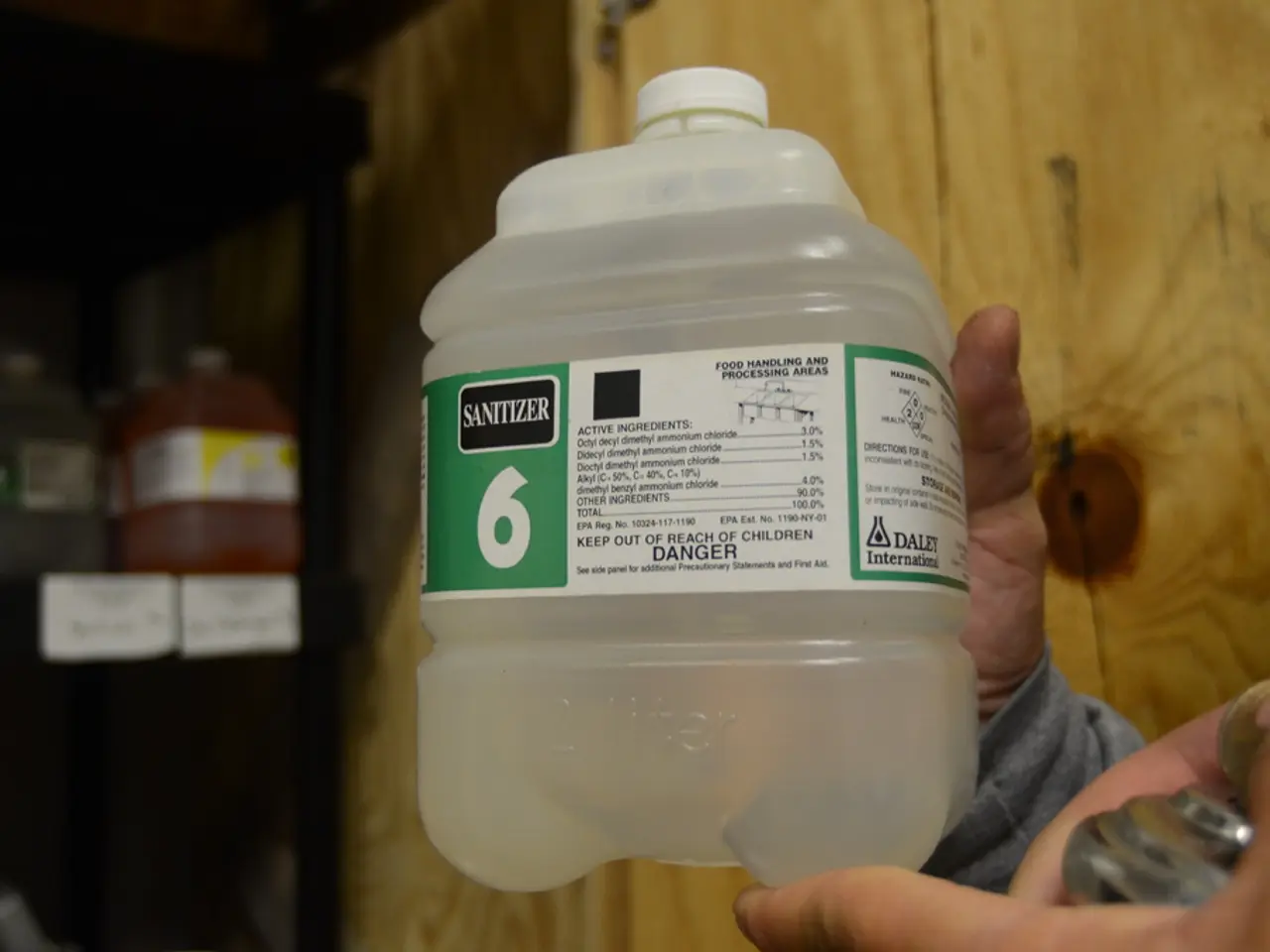Unravelling the Mysteries of Idiopathic Angioedema: Origin, Investigations, and Therapeutic Strategies
Idiopathic Angioedema is a chronic condition that affects the skin, upper airways, and gastrointestinal system. The exact cause of this condition remains unknown, but episodes can be managed through various means.
Triggers and Precipitating Factors
While idiopathic angioedema often occurs spontaneously, a thorough history and trigger diary can help reveal individual precipitating factors. Potential triggers extend beyond psychological and heat/allergen exposures to include physical stimuli, hormonal changes, infections, medications, and certain food chemicals.
Physical Triggers
Injury, exertion, pressure, cold, and sun exposure have been reported as possible inducible factors for idiopathic angioedema.
Hormonal Influences
Fluctuations during menstrual cycles and pregnancy can precipitate attacks in some individuals.
Medications
Some blood pressure medications, birth control pills, aspirin, ibuprofen, and epilepsy medications can trigger isolated angioedema episodes.
Infections and Illness
Acute illnesses may increase the likelihood of swelling attacks in predisposed individuals.
Food Additives
While true food allergies are rarely a trigger, certain additives like salicylates or sodium benzoate may play a role, especially in chronic idiopathic urticaria often overlapping with angioedema.
Autoimmune Factors
Chronic spontaneous or idiopathic angioedema can involve auto-antibodies triggering mast cell activation, separate from external triggers.
Treatment Options
Since there is no cure for idiopathic angioedema, treatments are available to help manage symptoms. In severe cases of airway swelling, doctors may inject epinephrine to rapidly reverse swelling.
Corticosteroids, such as prednisone, can temporarily relieve swelling in idiopathic angioedema. Antihistamines, specifically long-acting ones (H-1 inhibitors), may be beneficial for people with idiopathic histaminergic angioedema. However, idiopathic angioedema does not respond to antihistamines.
In rare cases, idiopathic angioedema may occur alongside other conditions such as lupus and lymphoma. Omalizumab has been found effective in treating many cases of idiopathic histaminergic angioedema that are resistant to standard antihistamine therapy.
Support and Resources
Living with idiopathic angioedema can be challenging. Support groups and organizations like Life Without a Fork and Inspire can provide information, tips, and support for people living with the condition. Inspire is an online community forum where people can share experiences and tips for living with various medical conditions, including idiopathic angioedema.
Self-care, such as therapy or meditation, can help reduce stress and anxiety associated with living with idiopathic angioedema. People with idiopathic angioedema may benefit from having a medical plan, including keeping medications within reach, wearing a medical alert bracelet, informing friends and family, and having regular doctor appointments.
[1] Mayo Clinic. (2021). Angioedema. Retrieved from https://www.mayoclinic.org/diseases-conditions/angioedema/symptoms-causes/syc-20372838 [2] NHS. (2021). Angioedema. Retrieved from https://www.nhs.uk/conditions/angioedema/ [5] American College of Allergy, Asthma, and Immunology. (2021). Angioedema. Retrieved from https://acaai.org/allergies/anaphylaxis/angioedema
- For individuals with idiopathic angioedema, managing symptoms may be achieved through various means, such as corticosteroids, epinephrine injections, or medication like Omalizumab in certain resistant cases.
- Other medical conditions, such as lupus and lymphoma, can sometimes coexist with idiopathic angioedema, which can impact the treatment approach.
- In light of the challenges that come with living with idiopathic angioedema, seeking support from organizations like Life Without a Fork, Inspire, or therapy can help reduce stress and anxiety.
- Regular self-care, including having a medical plan, keeping medications within reach, and wearing a medical alert bracelet, can support those living with idiopathic angioedema in managing their condition effectively.




